Bio Greening

How do urban greening projects affect biodiversity in cities ?
Urban greening projects, which aim to increase the amount of vegetation within cities, can have significant effects on urban biodiversity. These projects typically involve planting trees, creating parks and green spaces, and restoring natural habitats. Here are some ways in which these initiatives can influence the variety of species living in urban areas: - Increased Habitat Availability: By adding more greenery, urban greening provides additional habitats for a wide range of organisms. This includes plants, insects, birds, and small mammals that can thrive in these newly created environments. - Mitigation of Urban Heat Islands: Vegetation helps reduce the urban heat island effect by providing shade and releasing water through transpiration, creating cooler microclimates that are more suitable for certain species. - Enhanced Food Sources: Flowering plants attract pollinators like bees and butterflies, supporting their populations and contributing to the health of the overall ecosystem. - Increased Water Quality and Availability: Green roofs and rain gardens help manage stormwater runoff, reducing pollution and providing water sources for urban wildlife. - Promotion of Biodiversity through Education and Awareness: Parks and green spaces serve as outdoor classrooms, offering opportunities for education about ecology and conservation. While urban greening projects offer numerous benefits for biodiversity, they also present challenges such as potential introduction of invasive species, maintenance requirements, and resource allocation trade-offs with other land uses.

What are the benefits of urban greening projects ?
Urban greening projects offer a multitude of benefits including improved air quality, climate regulation, water management, enhanced aesthetics and livability, mental and physical health improvements, community building, habitat creation and preservation, food production, job creation, energy conservation, and tourism attraction. These initiatives aim to increase the amount of greenery in cities, such as parks, gardens, green roofs, walls, street trees, and other forms of urban forestry. The advantages of urban greening are multifaceted and contribute significantly to the improvement of urban environments for both residents and wildlife.

How do urban greening projects influence city temperatures and heat islands ?
Urban greening projects, such as planting trees and creating parks, can help reduce city temperatures and mitigate the effects of urban heat islands. These projects provide shade, reduce heat absorption by buildings and roads, and promote evapotranspiration, all of which contribute to cooler city environments. By increasing vegetation in cities, urban greening initiatives can also help reduce the intensity of urban heat islands, making cities more comfortable for residents. As our world continues to urbanize, prioritizing urban greening initiatives is essential for creating healthier and more sustainable cities for future generations.
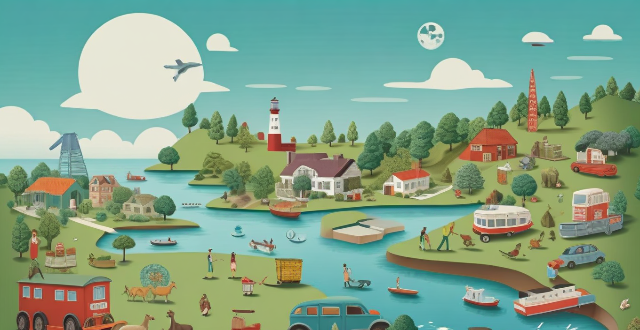
How can cities encourage citizen participation in greening projects ?
This article discusses various strategies that cities can adopt to encourage citizen participation in greening projects, including education and awareness, volunteer opportunities, incentives and recognition, and collaboration with local organizations. By implementing these strategies, cities can create vibrant, sustainable environments that benefit both residents and the planet.

What challenges do urban planners face when implementing greening projects ?
Urban planners face numerous challenges when implementing greening projects in cities, including a lack of available space, high costs, resistance from stakeholders, climate change impacts, and maintenance and management issues.

How do city greening projects contribute to environmental sustainability ?
City greening projects are vital for environmental sustainability, addressing issues like heat island effects, air quality, biodiversity, and more. They beautify urban landscapes, contribute to sustainable living, and offer economic benefits. Key considerations include diverse planting, maintenance, and community involvement.

How do green roofs and walls contribute to city greening ?
Green roofs and walls contribute to city greening by improving air quality, mitigating the urban heat island effect, enhancing biodiversity, managing stormwater, increasing energy efficiency, providing aesthetic value, and promoting community well-being.

What role do community gardens play in city greening efforts ?
Community gardens play a significant role in city greening efforts by providing environmental, social, economic, and urban planning benefits. These gardens improve air quality, enhance biodiversity, and promote soil health. They also foster community building, offer educational opportunities, and contribute to health promotion. Economically, community gardens provide food security and create job opportunities. Integrated into urban planning, they beautify cities and promote sustainable development. Overall, community gardens are vital for ecological health and improving residents' quality of life.
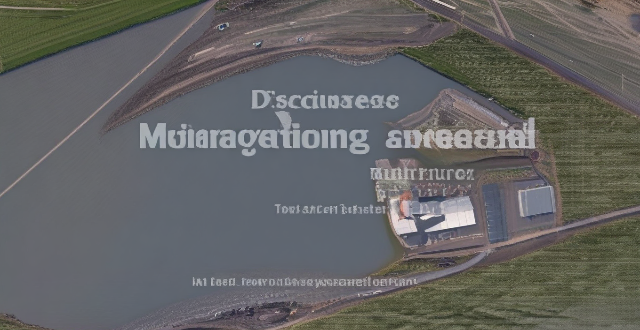
What are some emerging trends in the field of energy storage materials research ?
The text discusses the latest trends in energy storage materials research, focusing on solid-state batteries, flow batteries, metal-air batteries, supercapacitors, redox flow batteries, hybrid energy storage systems, nanostructured materials, smart grid integration, thermal energy storage, and organic/bio-based materials. Each section provides a brief overview of the technology's advantages and current research challenges.

How much does it cost to obtain a tourist visa ?
This detailed guide outlines the cost implications and requirements for obtaining a tourist visa to the People's Republic of China as of July 2024, using the process in the United States as an example. The guide covers visa types, required documents, additional requirements, cost implications, and the application procedure. It also highlights recent simplifications in the document requirements and emphasizes the importance of meeting all specified requirements and being prepared for associated costs.

How do celebrities manage their online presence and reputation on social media ?
Celebrities manage their online presence and reputation on social media by hiring a social media manager, maintaining consistency across platforms, engaging with fans, promoting positive messages, handling criticism gracefully, and monitoring their image. These strategies help them maintain a positive online presence while connecting with fans and promoting their work effectively.
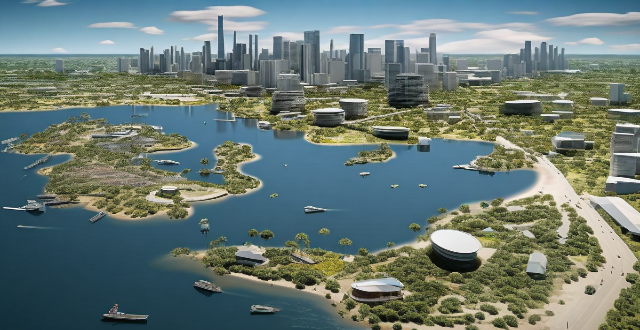
In what ways do urban heat islands influence city planning and design ?
Urban heat islands, areas within cities that are significantly warmer than surrounding rural areas, have a significant impact on city planning and design. This phenomenon is primarily due to the concentration of buildings, pavements, and other infrastructure that absorb and retain heat. The impact of urban heat islands extends beyond just temperature differences, influencing various aspects of city planning and design. These include increased energy consumption, public health concerns, water management, green spaces and landscaping, transportation planning, building materials and construction techniques, community design and zoning, climate change adaptation, and public awareness and education. Addressing these challenges requires a multifaceted approach that considers energy efficiency, public health, water management, green spaces, transportation, building materials, community design, climate change adaptation, and public awareness. By taking these factors into account, cities can become more livable, sustainable, and resilient in the face of rising temperatures.

How do celebrities establish and maintain a successful personal brand ?
Celebrities establish and maintain a successful personal brand by defining their brand persona, building a strong online presence, being consistent in messaging and imagery, networking and collaborating with others, staying true to themselves, and continuously learning and evolving. A strong personal brand helps celebrities stand out in their industry and build a loyal fan base.

How can businesses incorporate sustainable practices into their operations ?
Businesses can adopt sustainable practices by conducting a sustainability assessment, implementing energy-efficient measures, reducing waste and promoting recycling, greening their supply chain, supporting environmental initiatives, and monitoring progress. These actions not only help reduce environmental impact but also enhance brand reputation and ensure long-term success.

What strategies are effective in maintaining and expanding urban green spaces ?
Strategies for maintaining and expanding urban green spaces include advocacy, policy implementation, funding allocation, community involvement, innovative design, collaboration, and monitoring. Efforts should focus on educating the public, engaging stakeholders, setting minimum standards, seeking grants, encouraging philanthropy, organizing volunteer programs, promoting community gardens, using native plants, fostering inter-agency cooperation, partnering with private sectors, conducting regular inspections, establishing performance metrics, and creating feedback mechanisms.

What role do teachers play in promoting climate education ?
Teachers play a pivotal role in climate education by enhancing awareness, fostering critical thinking, encouraging ethical responsibility, and promoting active engagement among students. They achieve this through various methods including providing scientifically accurate information, facilitating understanding, stimulating inquiry, analyzing data, integrating sustainability principles, and designing practical projects. Furthermore, teachers prepare students for future challenges by highlighting climate-related careers and fostering lifelong learning about environmental issues. Overall, educators are instrumental in guiding students towards becoming informed citizens capable of addressing the complexities of climate change and contributing to a sustainable world.

How can we conserve and protect biodiversity in our local communities ?
The text discusses the importance of biodiversity and provides various ways to conserve and protect it in local communities. It suggests creating awareness through education, using media platforms, practicing sustainable living by reducing waste and conserving energy, protecting habitats by preserving natural areas and controlling invasive species, supporting local conservation efforts through volunteering and advocating for policies, and promoting eco-friendly practices in businesses. The goal is to contribute to a healthier planet by taking small actions towards biodiversity conservation.
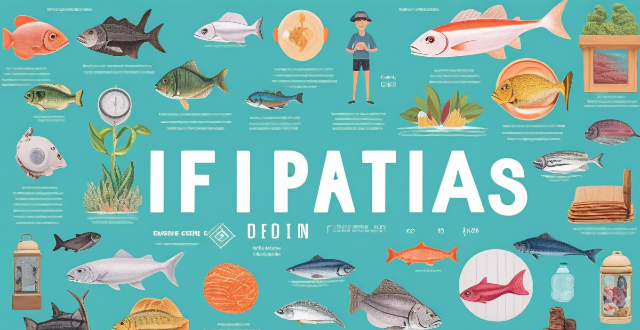
What are the economic benefits of biodiversity ?
Biodiversity plays a significant role in the global economy by providing various economic benefits. These include increased resilience to climate change, support for sustainable agriculture, tourism revenue, pharmaceutical and medical research opportunities, ecosystem services, fisheries and food security, cultural and aesthetic value, innovation and education, risk management and insurance, and trade and livelihoods. Preserving biodiversity is crucial for maintaining these economic benefits across different sectors.

How do climate losses and damages affect biodiversity ?
The article discusses the impact of climate change on biodiversity, focusing on how extreme weather events, temperature changes, sea level rise, and altered precipitation patterns affect habitats and species. It emphasizes the need for global efforts to reduce greenhouse gas emissions and implement conservation strategies to protect vulnerable ecosystems and species.

How can governments promote the development of green finance in their countries ?
Governments can promote green finance by establishing policy frameworks, enhancing market infrastructure, investing public funds, educating stakeholders, and cooperating internationally.

How does climate change legislation address the concerns of environmental justice and equity ?
Climate change legislation should address environmental justice and equity by prioritizing vulnerable communities, promoting participatory decision-making, ensuring access to clean energy and sustainable practices, and addressing environmental health disparities. This will create more equitable and effective climate policies for all communities.
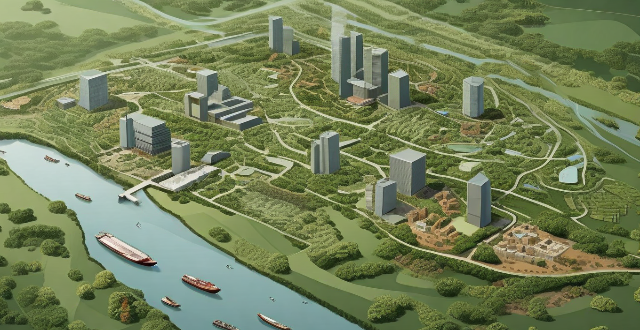
What legal mechanisms exist to protect ecosystems affected by climate change ?
Legal mechanisms are in place at international, nationalLegal mechanisms are in place at international, national protect ecosystems affected by climate Endangered Species Act, Clean Air Act, European Union legislation, and various local laws and ordinances. These frameworks aim to reduce greenhouse gas emissions, conserve biodiversity, and promote sustainable practices to mitigate the impacts of climate change on ecosystems.
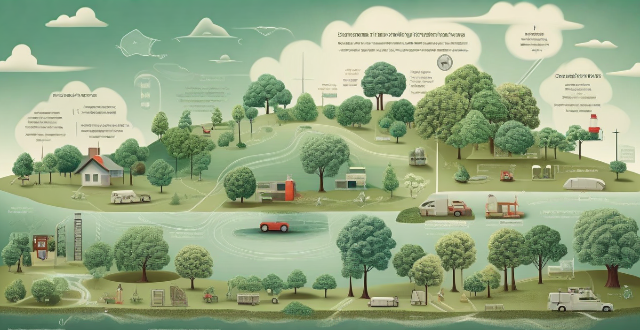
How do climate change and biodiversity loss intersect ?
Climate change and biodiversity loss are interconnected issues that impact each other significantly. Climate change can lead to habitat loss, altered migration patterns, and changes in prey-predator relationships, all of which can result in reduced populations or even extinction for some species. On the other hand, biodiversity loss can reduce carbon sequestration, compromise soil health and water regulation, and impair ecosystem services that help mitigate climate change. Urgent action is needed from all stakeholders to address these challenges and protect our planet's fragile ecosystems.

What policies and international agreements aim to address the dual crises of climate change and biodiversity loss ?
The text discusses various policies and international agreements aimed at addressing climate change and biodiversity loss. These include the Paris Agreement, Convention on Biological Diversity (CBD), Aichi Biodiversity Targets, United Nations Sustainable Development Goals (SDGs), Ramsar Convention on Wetlands, and International Union for Conservation of Nature (IUCN) Red List of Threatened Species. The text emphasizes the interconnectedness of these issues and the need for collaborative efforts to achieve a sustainable future.

How does climate change affect biodiversity and ecosystems ?
Climate change, driven by human activities, significantly impacts biodiversity and ecosystems through various mechanisms such as temperature increase, changes in precipitation patterns, sea level rise, ocean acidification, extreme weather events, and altered species interactions. These effects can lead to extinction risk, habitat loss, food web disruption, and imbalances in ecosystem dynamics. Mitigating climate change and adapting to its consequences is crucial for preserving biodiversity and ecosystems.
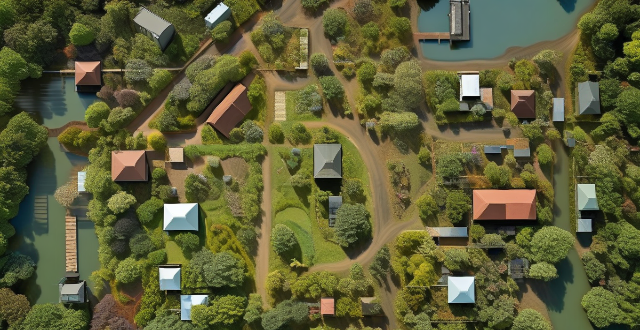
What are some examples of carbon offset projects ?
Carbon offset projects are initiatives designed to reduce or offset the emission of carbon dioxide (CO2) and other greenhouse gases into the atmosphere. These projects aim to mitigate the impacts of climate change by investing in activities that remove CO2 from the atmosphere or prevent its release in the first place. In this guide, we will explore some examples of carbon offset projects and how they contribute to the global effort to combat climate change.